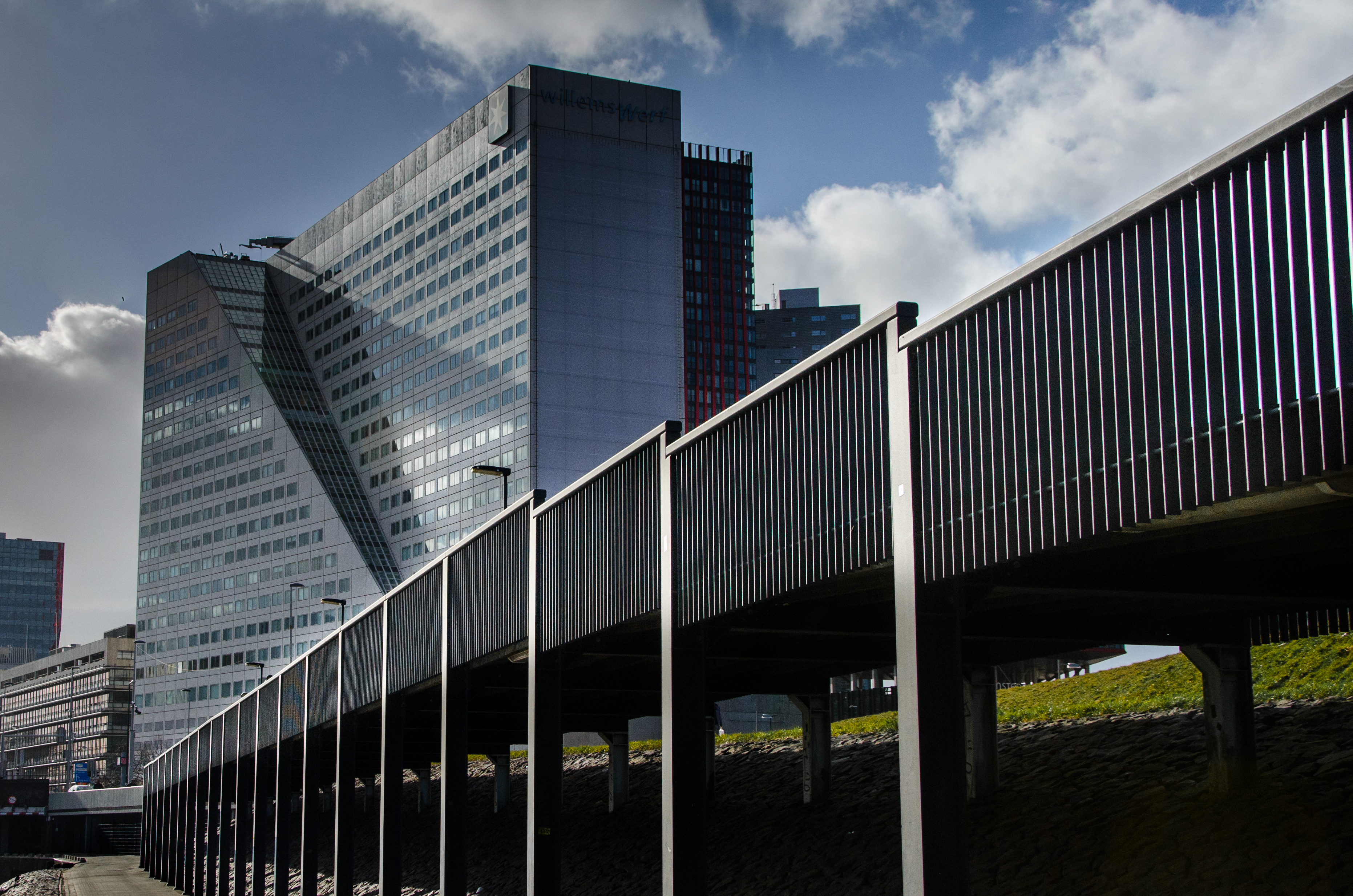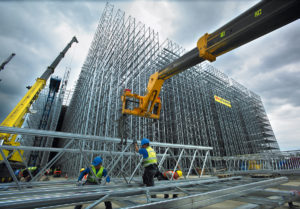The PVSITES project is addressing the barriers and challenges to large scale deployment of building integrated solar PV in Europe.
In towns and cities around the world there is a whole lot of real estate that is available for the generation of renewable energy. And the average onlooker, unless looking very closely, wouldn’t even be aware that it is happening.
In the move from a centralised to distributed generation system, the ability to connect behind the meter renewables is key. However, the opportunities with the current generation of renewables are limited. For example, traditional photovoltaic (PV) panels, besides generally not being aesthetically attractive, are generally only roof mounted.
On the other hand, so called building integrated photovoltaics (BIPVs) can be located almost anywhere on the building and should be fully integrated. This opens the way not only for the next generation of building energy management and the achievement of (near) zero energy buildings but also other grid edge opportunities.
“BIPVs are conceived as a way to replace traditional construction materials with energy generating construction materials and as such they are an essential part of the building,” explains Dr Maider Machado, leader of BIPV activities at the Spanish research institute Tecnalia, who is heading up the European PVSITES project.
“They can include roof shingles, windows, ventilated facades or curtain walls and notably also they can include additional functionalities such as thermal insulation, acoustic insulation or water proofing.” Full article HERE.



